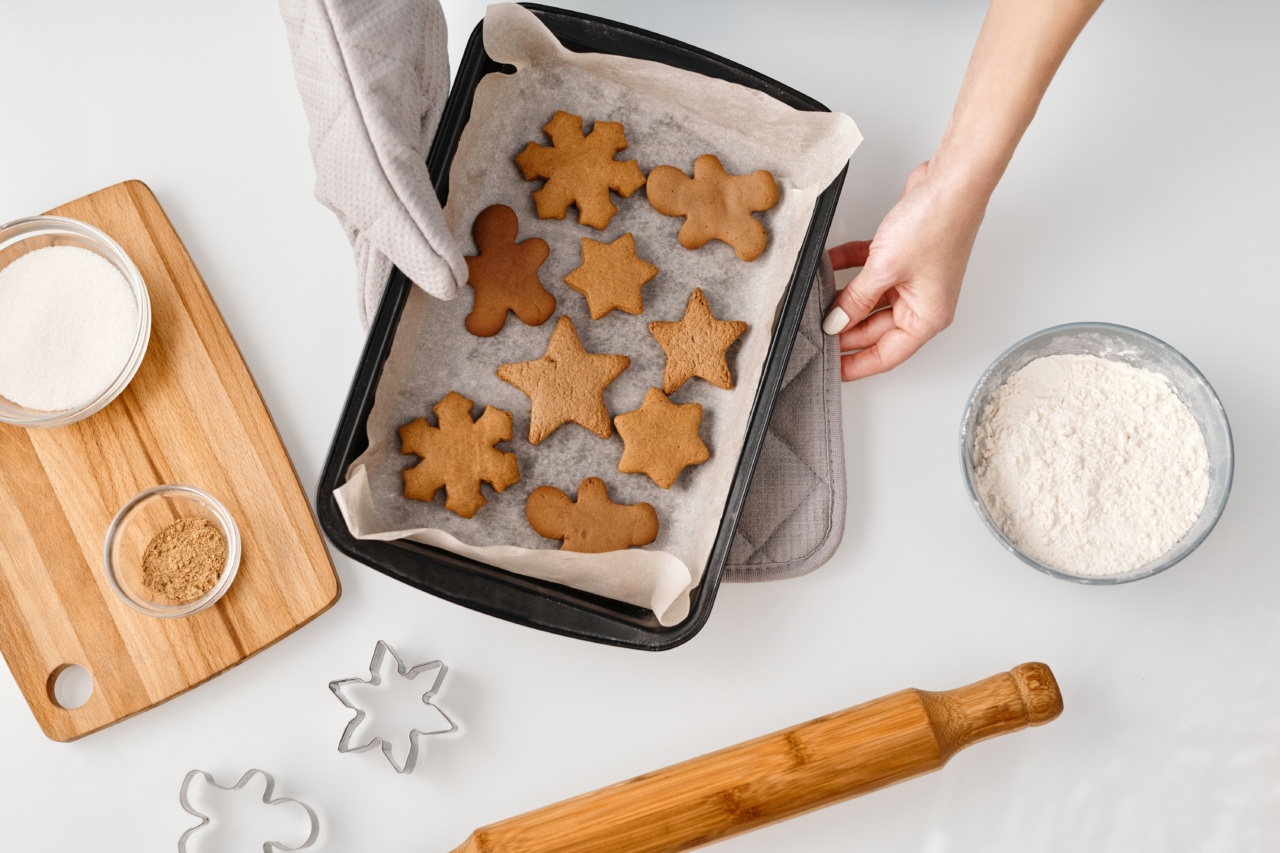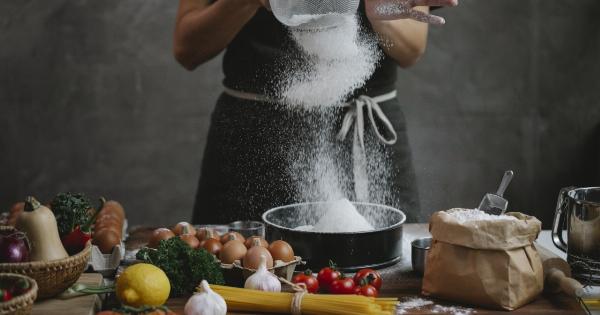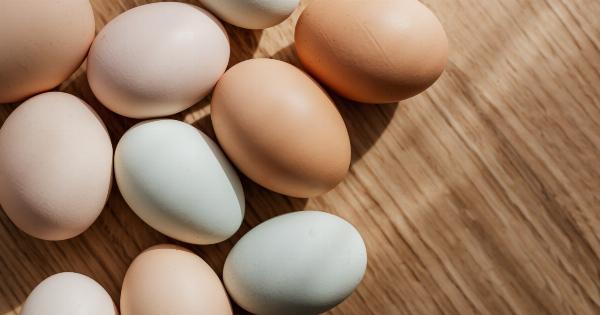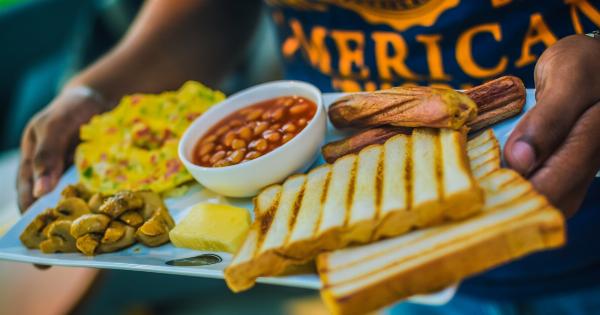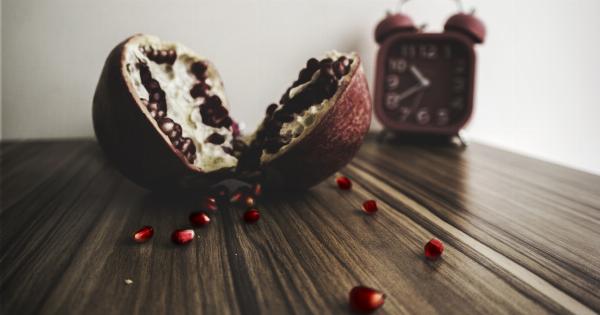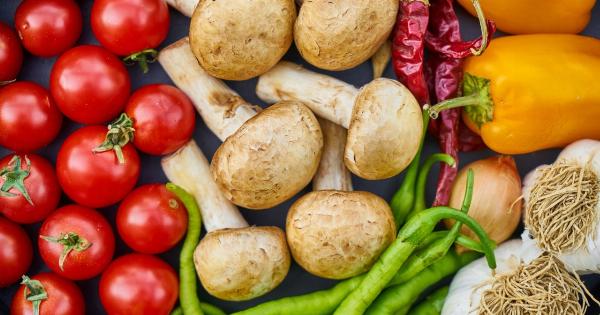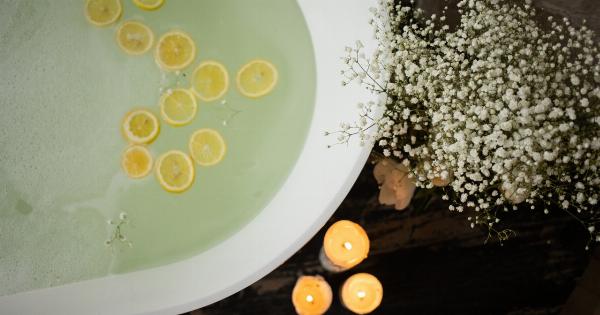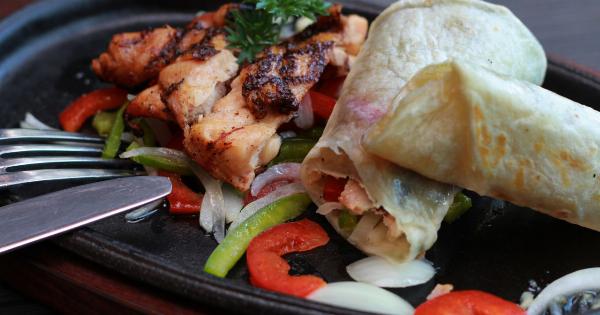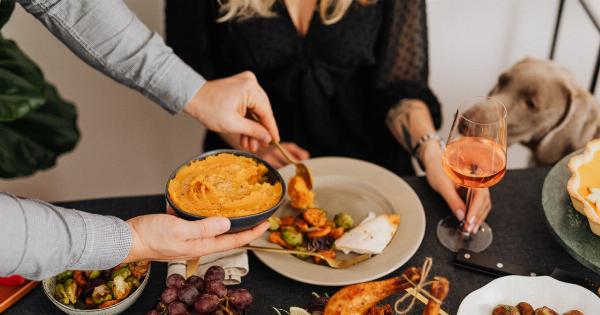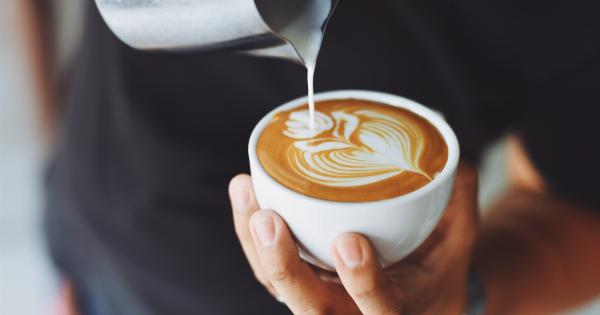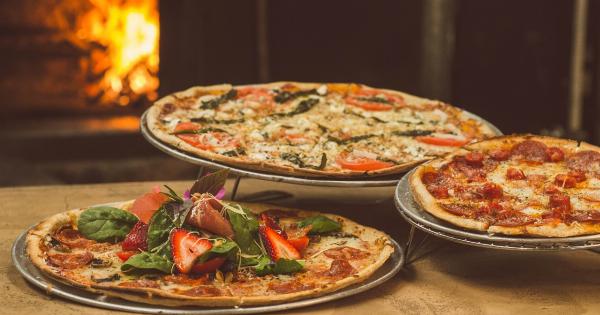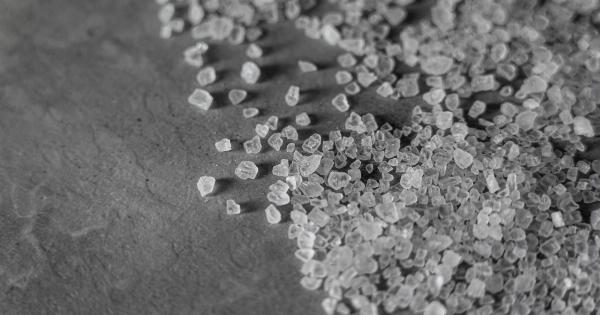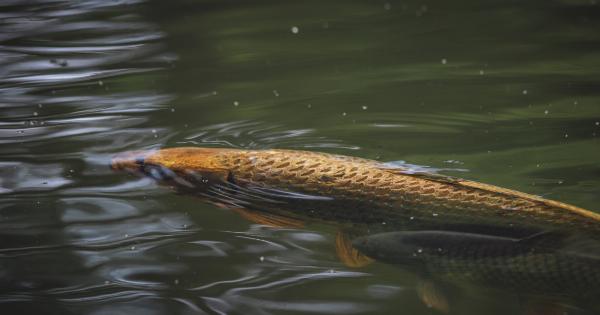Baking on charcoal is an ancient method of cooking that has been practiced for centuries. It involves using charcoal as the fuel source to create intense heat for baking various dishes.
Mastering the art of baking on charcoal requires patience, skill, and an understanding of the unique challenges and techniques involved. In this article, we will explore the benefits of baking on charcoal and provide you with some expert tips and tricks to help you perfect this culinary art.
The Benefits of Baking on Charcoal
Baking on charcoal offers numerous advantages over traditional baking methods. Here are a few benefits that make it worth considering:.
1. Enhanced Flavor
One of the key advantages of baking on charcoal is the distinct, smoky flavor it imparts on the food. The charcoal adds a unique taste that cannot be replicated with other cooking methods.
This flavor enhancement is particularly desirable for certain dishes like bread, pizza, or roasted vegetables.
2. Higher Temperatures
Baking on charcoal allows you to achieve much higher temperatures compared to conventional ovens.
The intense heat produced by the charcoal ensures that your baked goods are cooked evenly and develop a crisp exterior while maintaining a tender interior.
3. Versatility
Charcoal baking is incredibly versatile and can be used for a wide range of dishes. From bread and cakes to pizzas and grilled meats, you can experiment with a variety of recipes and explore new flavors and cooking techniques.
4. Energy Efficiency
Using charcoal as a fuel source is often more energy-efficient than electric or gas ovens. Charcoal is relatively inexpensive and can provide long-lasting heat, making it cost-effective for baking larger quantities or for extended periods.
Essential Equipment for Charcoal Baking
To master the art of baking on charcoal, you will need some essential equipment. Here are a few items that are indispensable for this cooking method:.
1. Charcoal Grill or Oven
A charcoal grill or oven is the foundation of charcoal baking. It should have good ventilation and heat control features to ensure even cooking. Look for a grill or oven that is large enough to accommodate your baking needs.
2. Charcoal Briquettes
Charcoal briquettes are fuel sources made from charcoal dust and other additives to maintain consistent heat. Choose high-quality charcoal briquettes that provide a long and steady burn with minimal smoke.
3. Baking Stone
A baking stone helps distribute heat evenly, ensuring that your baked goods are perfectly cooked. It also absorbs excess moisture, resulting in a crispier crust. Invest in a durable baking stone that can withstand high temperatures.
4. Oven Thermometer
An oven thermometer is essential to monitor and regulate the temperature of your charcoal oven. This ensures that your baked goods are baked at the correct temperature and prevents under or overcooking.
Mastering the Techniques
Now that you have the necessary equipment, let’s delve into some key techniques that will help you master the art of baking on charcoal:.
1. Preheating the Charcoal Oven
Start by preheating your charcoal grill or oven. This process can take some time, so be patient. Arrange the charcoal briquettes in a pyramid shape and light them. Allow the charcoal to burn until it turns gray and is covered with a layer of ash.
This indicates that it is ready for baking.
2. Proper Ventilation
Ensure that your charcoal oven has proper ventilation to control the airflow and regulate the temperature. Adjust the vents accordingly to increase or reduce the heat as needed. Proper ventilation also prevents the buildup of excess smoke.
3. Using a Baking Stone
Place a baking stone on the grill grate or inside the oven to preheat along with the charcoal. Preheating the baking stone will help it retain heat and ensure even baking. It also prevents the bottom of your baked goods from becoming soggy.
4. Monitoring the Temperature
Use an oven thermometer to regularly monitor the temperature inside the charcoal oven. This will help you maintain consistent heat and avoid over or undercooking. Adjust the position of the charcoal and the vents to regulate the temperature as needed.
5. Adding Moisture
Charcoal baking can result in drier conditions compared to traditional baking. To prevent your baked goods from drying out, add moisture to the oven by placing a pan of water on the grill grate alongside the baking stone.
This will create a steamy environment and keep your creations moist and tender.
6. Experimenting with Flavors
Charcoal baking provides an excellent opportunity to experiment with different flavors and ingredients. Try incorporating aromatic woods or herbs into the charcoal for an extra layer of smokiness.
You can also explore unique combinations of spices and marinades to enhance the flavor profile of your baked goods.
Troubleshooting Tips
While baking on charcoal can be a rewarding experience, it may come with a few challenges. Here are some troubleshooting tips to address common issues:.
1. Uneven Heat Distribution
If you notice uneven heat distribution in your charcoal oven, be sure to rotate your baked goods regularly. This will ensure that all sides are exposed to the heat evenly and prevent one side from burning or undercooking.
2. Excessive Smoke
If your charcoal oven produces excessive smoke, adjust the vents to increase airflow. Excess smoke can be caused by insufficient ventilation or excessive fat dripping onto the charcoal.
Removing excessive fat or using a drip pan can minimize smoke production.
3. Over or Undercooking
If your baked goods are consistently over or undercooked, adjust the position and density of the charcoal. You can also experiment with adding or reducing the amount of charcoal briquettes to regulate the temperature more precisely.
Conclusion
Baking on charcoal is a delightful way to add a smoky flavor and unique touch to your baked creations. The combination of intense heat and distinct flavors can elevate your dishes to new heights.
By mastering the art of baking on charcoal and applying the techniques and tips discussed in this article, you’ll be well on your way to becoming an expert in this ancient culinary tradition. Embrace the challenges, experiment with flavors, and enjoy the journey of creating mouthwatering delicacies on charcoal!.
